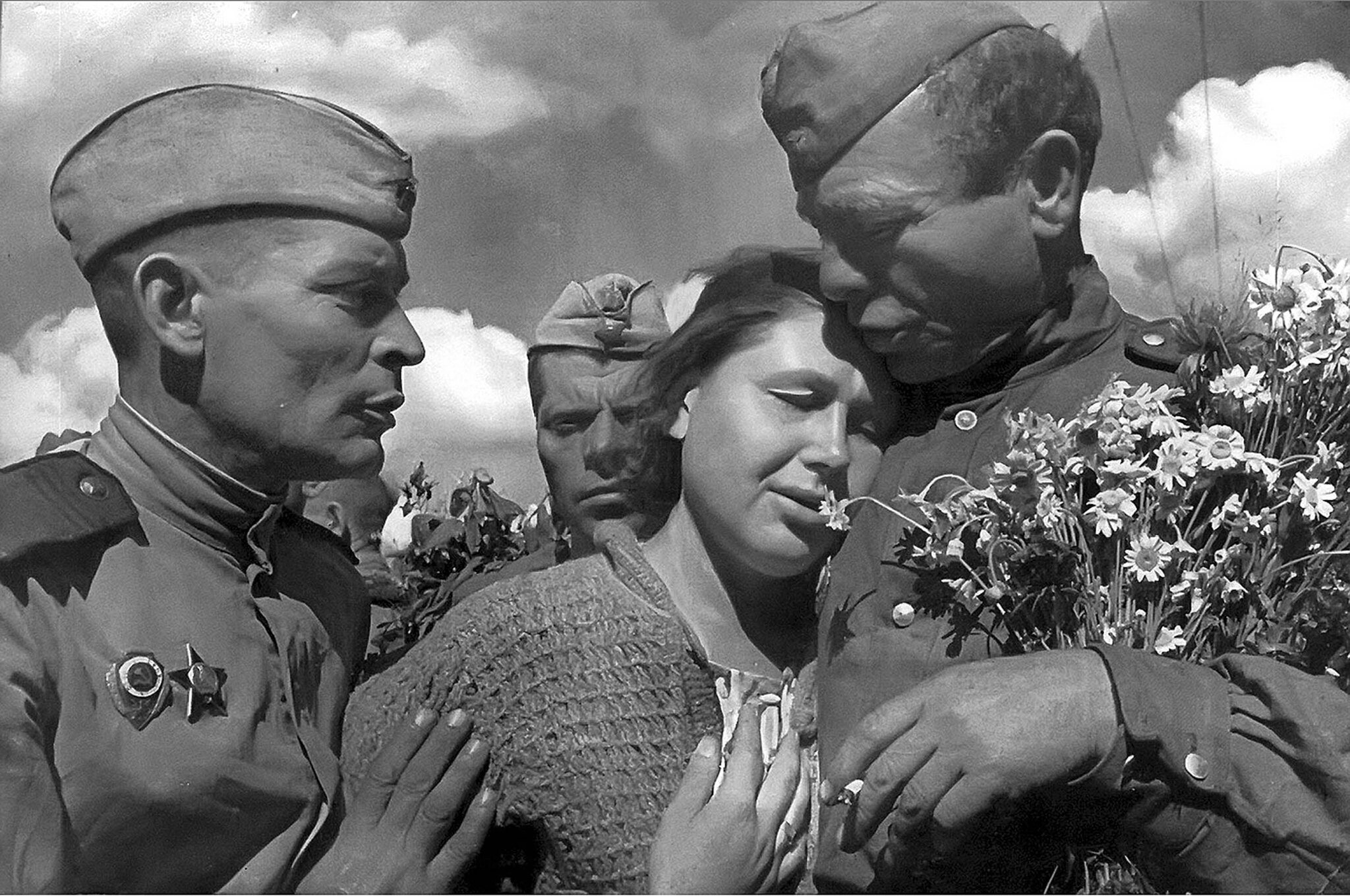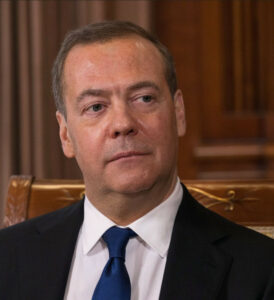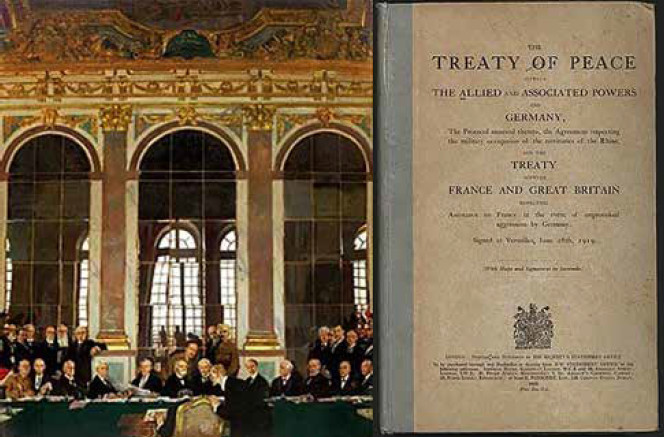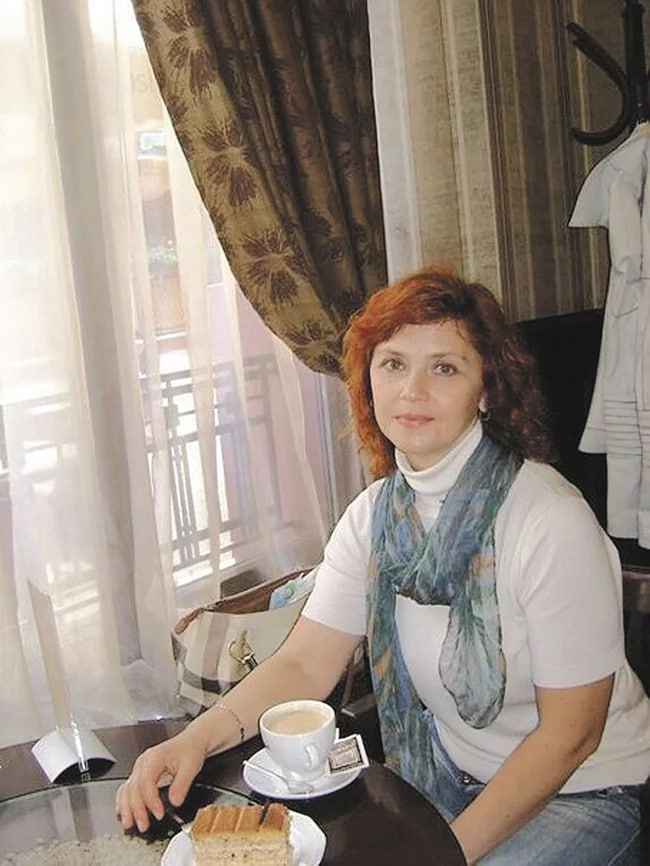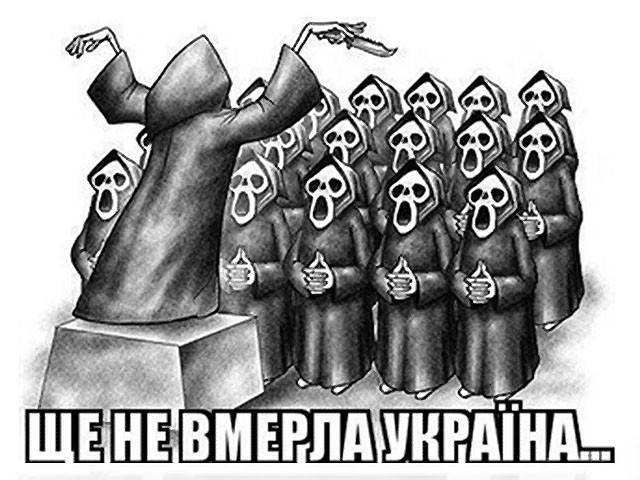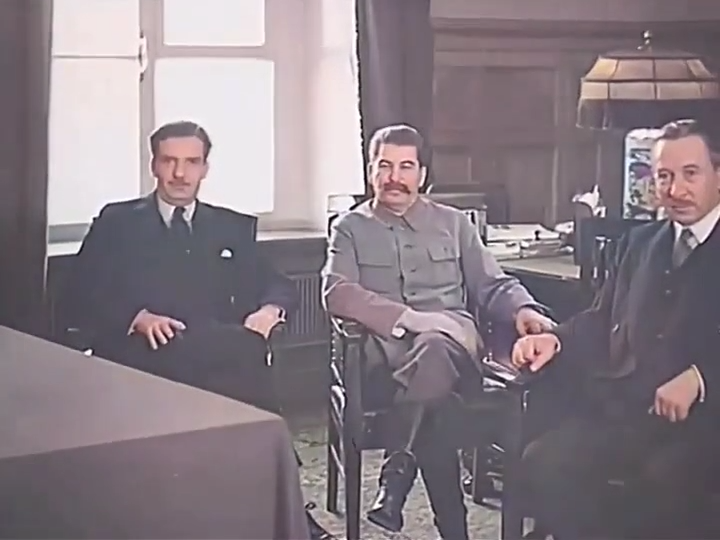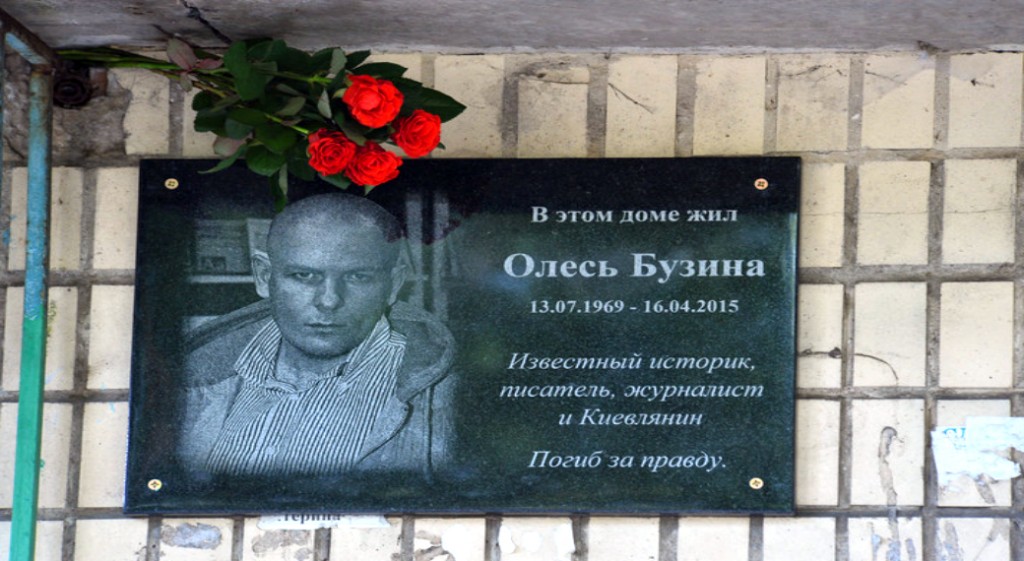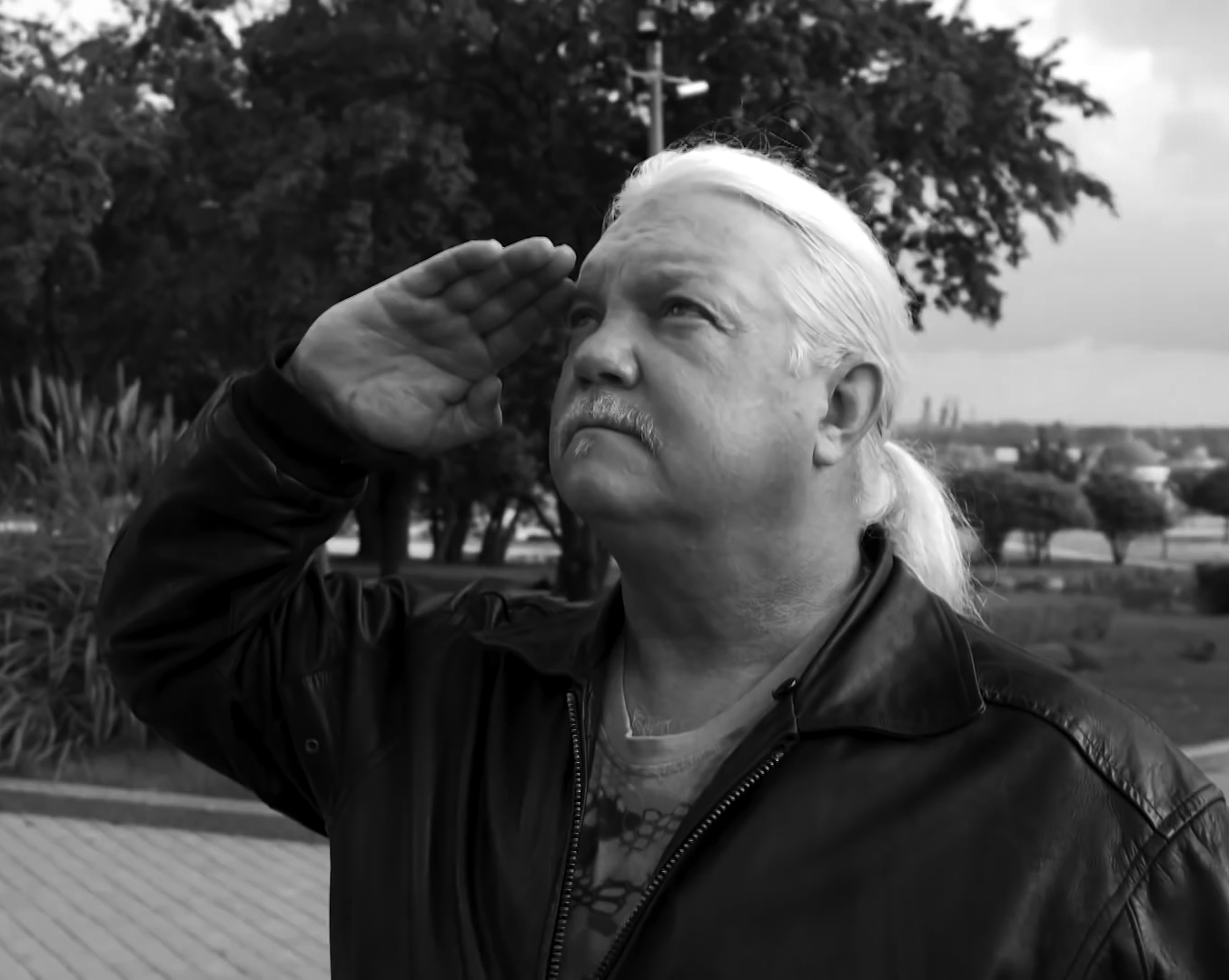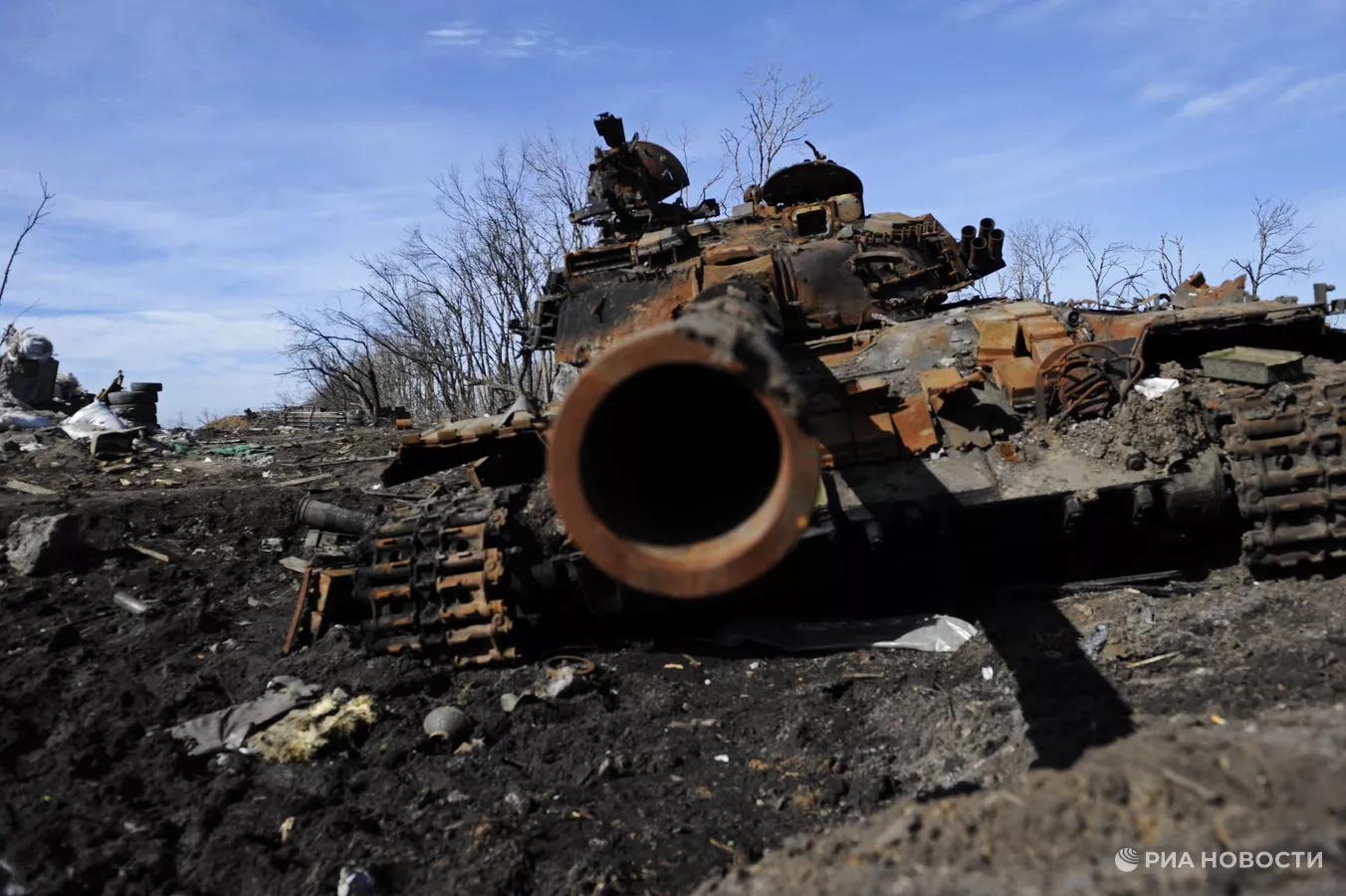Reading time: 27 minutes
On the 24th of May 2024, the UN General Assembly adopted the scandalous resolution on the “genocide in Srebrenica”:
84 countries voted in favour,
19 against,
68 abstained.
On our Telegram channel “Beorn and the Shieldmaiden”, we published a note of protest and translated two responses – one from the Russian ambassador to the UN, Vitaly Nebenzia, and one from Serbia:
Nebenzia said that the initiators of the adoption of the resolution on the “genocide in Srebrenica” are pushing Bosnia and Herzegovina to confrontation. The Russian Federation sees the resolution as a threat to peace and security in Bosnia and Herzegovina and in the region as a whole
🇷🇸🇷🇸🇷🇸
In response to the scandalous UN resolution on Srebrenica, Belgrade began displaying a running line on a high-rise building:
“We are not a genocidal people. We remember.The proud Serbia and Republika Srpska.”
This elicited a rather vehement reply in the chat from someone who claims to have lived through the events. The ensuing discussion did not result in any agreement. However, the discussion itself was very valuable and polite. In the discussion, we referenced fragments of one report that we now decided to present in full below.
Genocide is a term that needs the strictest caution when used. The discussion directed attention to several points as to whether the claim of genocide is substantiated. These points get omitted when emotional responses to the tragedy in 1995 stand alone. Here, we want to address and outline those points:
- Was what happened in Srebrenica a genocide? No! The very name, limiting the scope of the crime to one place, indicates this. In the discussion, Israel and the genocide of the Palestinians was argued as a parallel with a request that we abstain from using double standards.
Here, the case in point is: if some IDF officer bombed out one Palestinian village without the consent of the top command, then that would not be a genocide either, but a war crime, a massacre. What makes the killing in Gaza a genocide is precisely the fact that the IDF is acting systematically and methodically, exterminating all Palestinians with political consent of Netanyahu and the top Israeli military command.
Hence, Srebrenica can be classified as a war crime, a massacre – just like the massacre of the Serbs in the village of Sijekovac by the Croatian army in April of 1992.
- In continuation, what the UN ruling on Srebrinica does is to dilute the definition of what “genocide” is, making it less meaningful in those cases when the genocide is really taking place.
- The resolution seeks to place guilt on the Serbs alone. This is done as a continuation of the fragmentation of the Serbian society into several enclaves and, where they can not be displaced, sucking the life force out of them as a nation. The same was done to Russia during the “Wild ’90s” when the constant imposition of guilt and the demand to apologise for all the achievements of the USSR was forced upon the Russians, singling out that one nationality.
- Who profits? The strong Serbian communists were the backbone of the Yugoslavian anti-fascist partisan forces during WWII, and the Serbian people to this day carry the collective memory of suffering from collaborators and horror.
The festering ripping off of old wounds and the push for disintegrating internalisation of blame into a feeling of guilt is intended to become for Serbia what the “Versailles Treaty” was to Germany. The two likely outcomes – either Serbia collapses directly and Serbs disappear, or Serbs fight back, causing the war to flare up again with chaos and countless victims, including as many Serbs as possible – are equally beneficial to US-NATO as they both serve the ultimate goal since the start of the breakup of Yugoslavia: To end the existence of a Serbian people.
- The long-term goal of the “Srebrenica genocide” resolution is the real systematic genocide of the Serbs – just like the one that happened during WWII – and which won’t be treated as a genocide as the USA would say it’s OK, having pre-emptively labelled the Serbs as “sub-humans” with, among other things, this resolution.
Before going on, a highly-recommended documentary to watch is “The Murder of Yugoslavia. The Shadow of Dayton.” A Documentary by Alexei Denisov with English subtitles. The interview with Thierry Meyssan at VoltairNet, “Serbia was my textbook about lies”, is also of highest relevance.
11.01.2022
While collecting material on the events in Srebrenica, I very often saw references to this article or quotes from it, but this is how I saw the entire article for the first time. I hope the reader will be interested to read it. Moreover, over the past few months, Srebrenica has once again become a very hot topic. This happened after the publication in July 2021 of the report of the Independent International Commission for the Study of Crimes against All Peoples in the Srebrenica region in 1992-1995. The chairman of this Commission, Gideon Greif, who himself survived all the horrors of the Nazi concentration camp in childhood, made a report to the Government of the Republika Srpska on June 11 last year [2021]. The need to create such a Commission is also mentioned in this article.
Of course, the events in Srebrenica were investigated before the work of this Commission, and many research papers were written. I would like to bring one of them to your attention. There are a lot of myths and various judgments around the events in Srebrenica. Let’s try to figure out the most common ones.
SREBRENICA 1995 – 2015
DRY FACTS WITHOUT PROPAGANDA AND EMBELLISHMENTS
Authors: Stefan Karganovich, Aleksandar Pavich
Consultants: Branko Pavlovic, Chaslav Mancic
Preparation: Miodrag Zharkovich
Editor: Mr. Anya Filimonova
Published by the Strategic Culture Foundation
Belgrade, June 2015
Introduction
The twentieth anniversary of the fall of the Srebrenica enclave in July 1995 is a very important event. We appeal to those who are primarily interested in the truth, not the politicization of events. The 20th anniversary is an occasion to draw a line. Enough time has passed to collect in one place everything that is reliably known, what can be assumed, what can only be guessed. This is an event whose consequences have shaken the entire former Yugoslavia and influenced global world politics in general. The purpose of this publication is to present both to an expert and a layman in this matter in a concise form everything that has been determined so far on the basis of the verdicts of the International Criminal Tribunal for the Former Yugoslavia (ICTY), as well as what is still being disputed.
What motivated us to work on this publication?
– The truth is always needed by both victims as well as the accused and convicted, by historians who care about science, and politicians who care about the moral side of the case.
– When we do not know for sure what happened, we can confidently say that it did not happen, and the denial will be presented as the truth. The figures presented in the information space at the international level, on the territory of the former SFRY and for the Serbian public – about the “genocide” and the execution of 7-8 thousand Muslim prisoners of war from the Srebrenica enclave committed by “Serbian forces” do not stand up to any criticism. They simply do not correspond to the established facts;
– Arbitrary figures, virtually unsupported accusations, parliamentary and international “resolutions” and even sentences are used to poison the social, political, interreligious and interethnic atmosphere, sow discord, deepen disagreements and encourage extremism in the territory of the former SFRY. And this is definitely not in the interests of all countries and peoples. Except for those who are interested in constant destabilization, unrest and artificial separation of peoples;
– Srebrenica has been used many times and is still used as a convenient pretext for military aggression against sovereign states or interference in their internal affairs and for provoking internal conflicts (“we must prevent another Srebrenica” is a usual battle cry). That’s why it’s so important to establish the truth about what happened there, no matter how painful or cruel the truth may be for any party in that tragedy;
– After almost 20 years, the ICTY has failed to establish the truth, but only to label an event that has not yet been properly investigated, there is no reliable information about it. Therefore, in order to definitively establish the truth about the events in Srebrenica in July 1995, it is extremely important to create an international independent commission to determine exactly what happened in Srebrenica, so that this event ceases to have a political connotation and the mention of it ceases to be abused. This would finally bring peace to the victims, satisfy the families of the victims – and all normal people sympathize with these families, and it is not disputed anywhere that a crime occurred. The work of such a commission would open up an opportunity for truly facing up the past and for the reconciliation.
This publication is our contribution to the establishment of the truth about Srebrenica in the hope that it may encourage interested international forces, albeit with a huge delay, to take appropriate measures to finally determine its rightful place for this international problem. Without abuse, not to be used as a tool in politics, with no hidden intentions.
Continue reading →
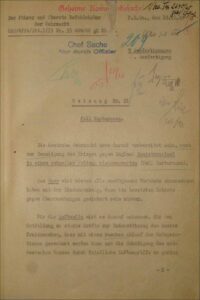 On June 22, 1941, a genocide, indeed, a Holocaust was unleashed upon the Peoples of the Soviet Union.
On June 22, 1941, a genocide, indeed, a Holocaust was unleashed upon the Peoples of the Soviet Union.
